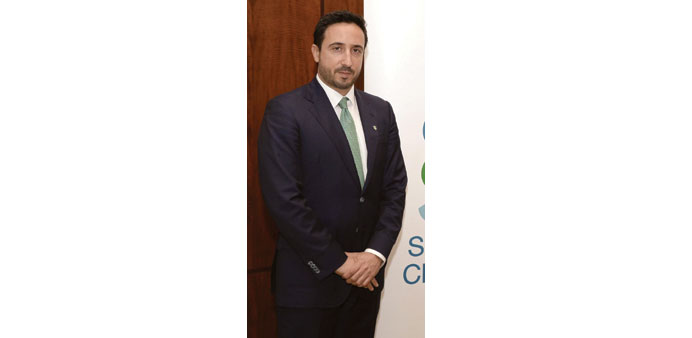By Marios Maratheftis
If the world economy is set to grow faster in 2015, then why the long faces? Well, there are several reasons.
First and foremost, Europe’s growth rebound is one of the main contributors to the global recovery — but it’s nowhere near high enough to pull the euro area out of trouble, nor to mask the dysfunctional nature of its economics and politics.
The drop in the value of the euro has been one of the main developments in the past three months, creating uncertainty and dividing observers.
Quantitative easing by the European Central Bank (ECB) at a time when the Federal Reserve (Fed) is expected to hike interest rates in the US has certainly played a part in the euro’s weakness.
Optimists believe that monetary easing will boost demand and imports in the euro area, meaning that Europe’s increased competitiveness from a weaker euro will not be detrimental to other economies.
I am not too sure.
The euro area was already running a €236bn current account surplus in 2014. And with the euro falling so sharply now, the euro-area surplus could widen further as European exports become cheaper and imports more expensive.
If the world had only two countries, the current account surplus of one country would be mirrored by an identical deficit in the other — and a current account deficit detracts from growth. Therefore, we could end up in a situation where the euro area’s gain could be someone else’s loss.
For emerging markets, how they respond to this scenario will be key to their growth prospects in 2015.
Countries could support growth rates from external shocks by cutting interest rates, especially if inflation is low and interest rates are not close to 0% — as they are in the US, Japan and the euro area.
It is already happening: so far this year, 24 countries have eased monetary policy, and there is room for further easing, especially in China and the Asean region.
However, things could get more complicated. The monetary policy of small, open economies is not completely independent from that of much larger economies such as the US.
For example, if the Federal Reserve (Fed) hiked interest rates aggressively and an emerging economy cut rates, the latter’s currency would likely weaken significantly against the US dollar. This could lead to problems, especially for countries with high levels of dollar-denominated liabilities.
What the Fed does will therefore be crucial. The market’s focus is on the timing of the first interest rate hike, but we think the speed of rate hikes and the anticipated peak of US interest rates are more important. And we expect the Fed’s hiking cycle to peak at 2%, below the market consensus and Fed projections.
If we are correct, then the uncomfortable scenario for emerging markets, in which the Fed hikes while the euro-area current account surplus widens further, might just be avoided.
Risks aside, there are also some positive developments in key emerging markets, such as India and China, which are worth noting.
India’s growth could surprise in 2015
According to our estimates, India is now running a small current account surplus, making it much more resilient to shocks in market sentiment. Our view is that India’s growth could be one of the positive surprises in 2015.
India’s growth has been mainly consumption-driven, and its infrastructure requires improvement. This year we expect investment to outpace consumption. China, on the other hand, needs — and is trying — to do the reverse.
The world is full of negative China stories, and the economy is indeed slowing, as we expected. Rebalancing such a large and complex economy is not easy, but despite the challenges we note two positive developments:
First, our data suggests that the housing market is bottoming. Although calling a rebound seems premature, our survey has detected an improved sentiment in the sector.
Second, China’s debt-to-GDP is levelling off at 251%. Although still high, this is good news, as it means credit growth is no longer faster than GDP growth, which is crucial for China’s rebalancing.
Our main case is for the world economy to improve in 2015, with India looking particularly attractive, and China making progress on its rebalancing. This will be a long challenging process but it will lead to more sustainable growth.
European growth is picking up (despite the mess in the euro area) and the US looks stronger. But yes, it’s complicated, and there is plenty out there for the worriers amongst us.
What I worry the most about? The risk of a policy mistake.

Marios Maratheftis is the Global Head (Macro Research) at Standard Chartered bank. The views expressed are his own.
